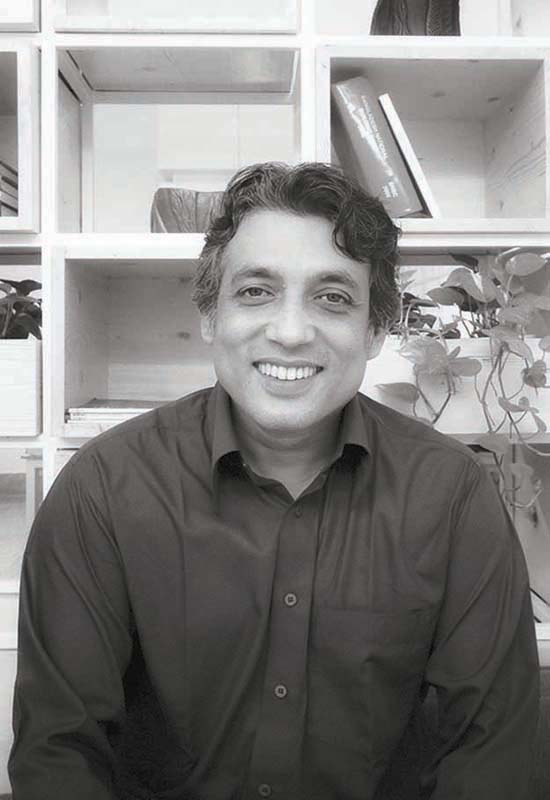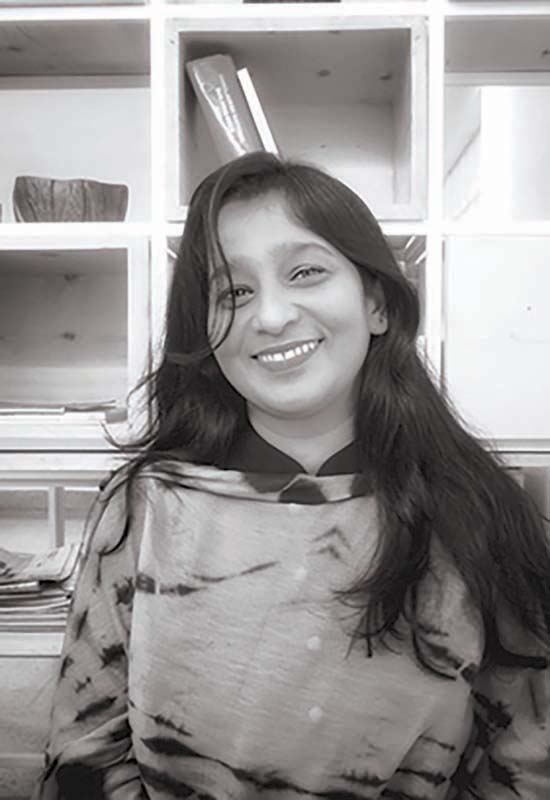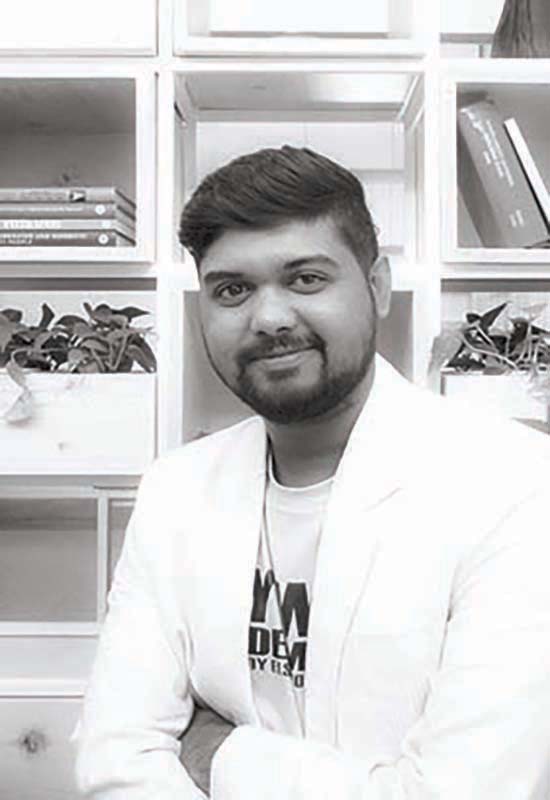Mingling Nature with Built Form
Huts, yard, pond and trees are the basic components of a typical Bengali village joint-family house layout system. But to imagine these contents in today’s urban context is probably a daydream. With the exception, the multi-family residence Hosne Aziz Villa designed by In QUEST Design Studio regenerates regional expression standing out as a vertical impression of a traditional village house format.
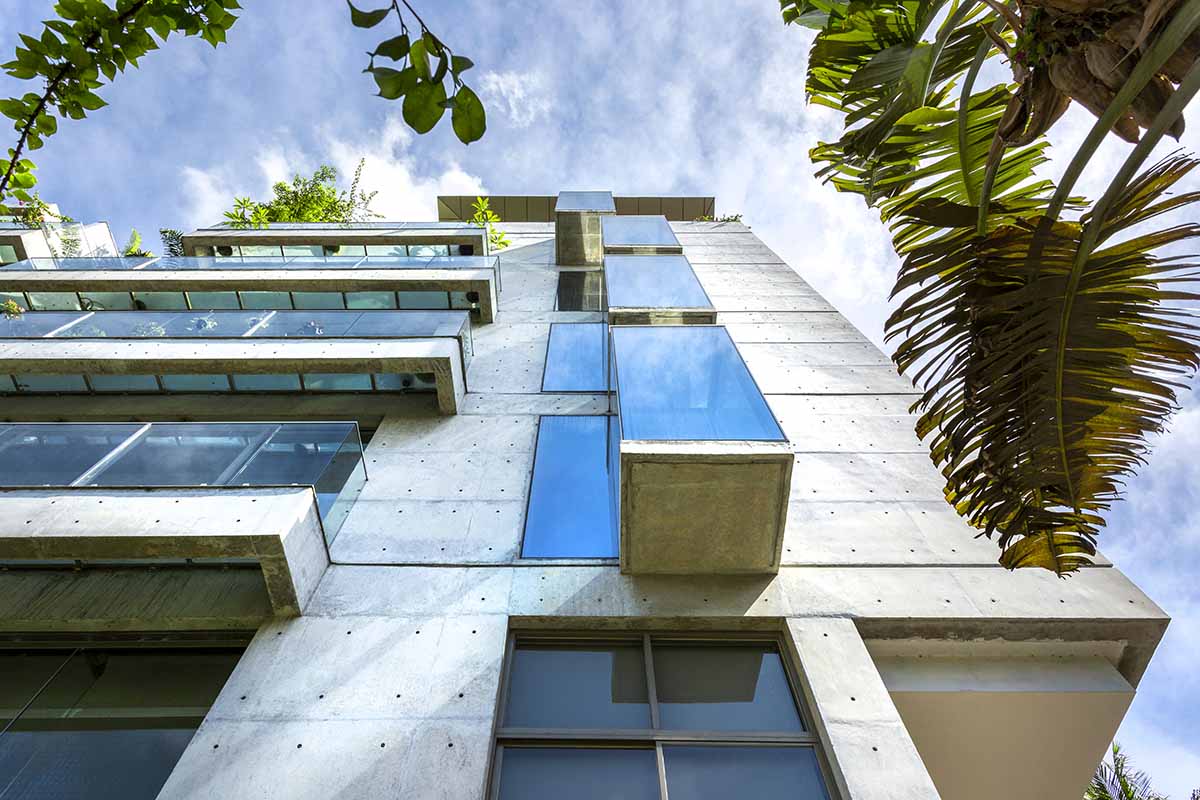
Mr. Azizul Haque Chowdhury who is the client of the project always finds time for his family, friends, relatives and local people amid his busy business schedule. On the other hand, Mrs. Aziz is fond of gardening and cooking. The “mejban” festival of the Chittagong Samiti starts from this house each year, starting from the cow slaughtering and all other arrangements for the pre-mejban. The house is always festive with family members and their children and others from different generations. For the design team, the biggest challenge in designing Hosne Aziz Villa was meeting all the functional requirements at the same time creating an identity for the house that reflects the value of this family; to catch the rhythm of the internal cohesion that cohabits amid the three generations.
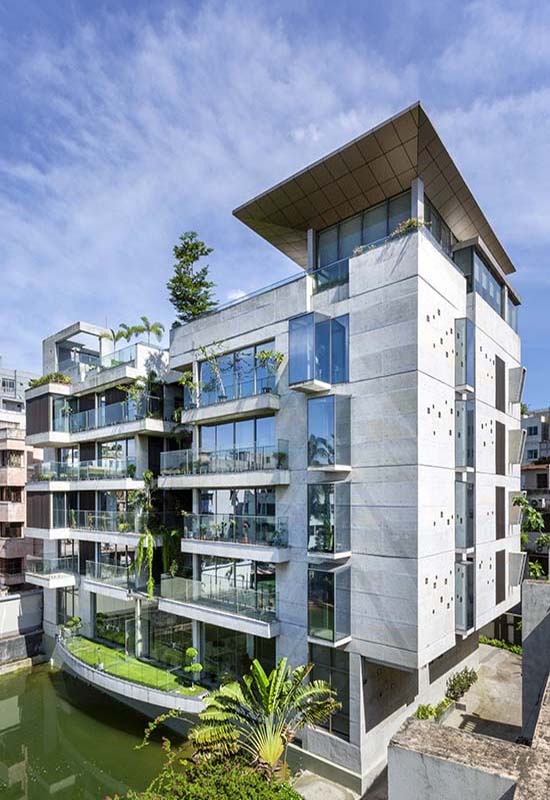
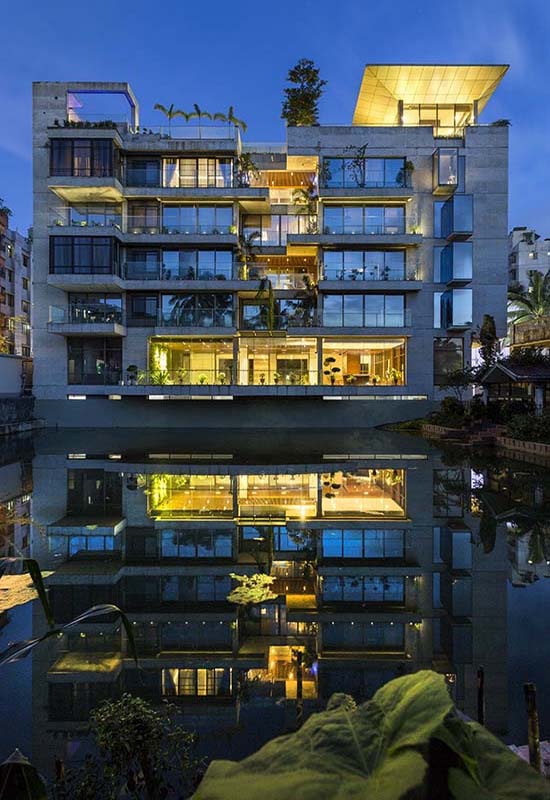
“Designing a house for such a humble, cordial and nature-loving family required special attention starting from space planning to material selection, strategic location of the very structure and outlook of the building itself, says the design team. “We created a nature-friendly platform for hosting homely gatherings along with accommodating large social gatherings on the ground floor and at roof terrace. For achieving privacy, we placed the building at a distance from the Hatir Jheel road through the garden and the pond. The majestic view of the Hatir Jheel is exposed to all of its users as the livable floors start from the first floor and onwards. While the party space at the roof with its garden and water feature is an extension of the Hatir Jheel itself”, adds the team.
The public and private spaces are designed in such a way that they can be merged to form a larger periphery. Alongside an ample amount of natural light and ventilation inside the individual apartment, the designers’ paid special attention towards glare-free light.
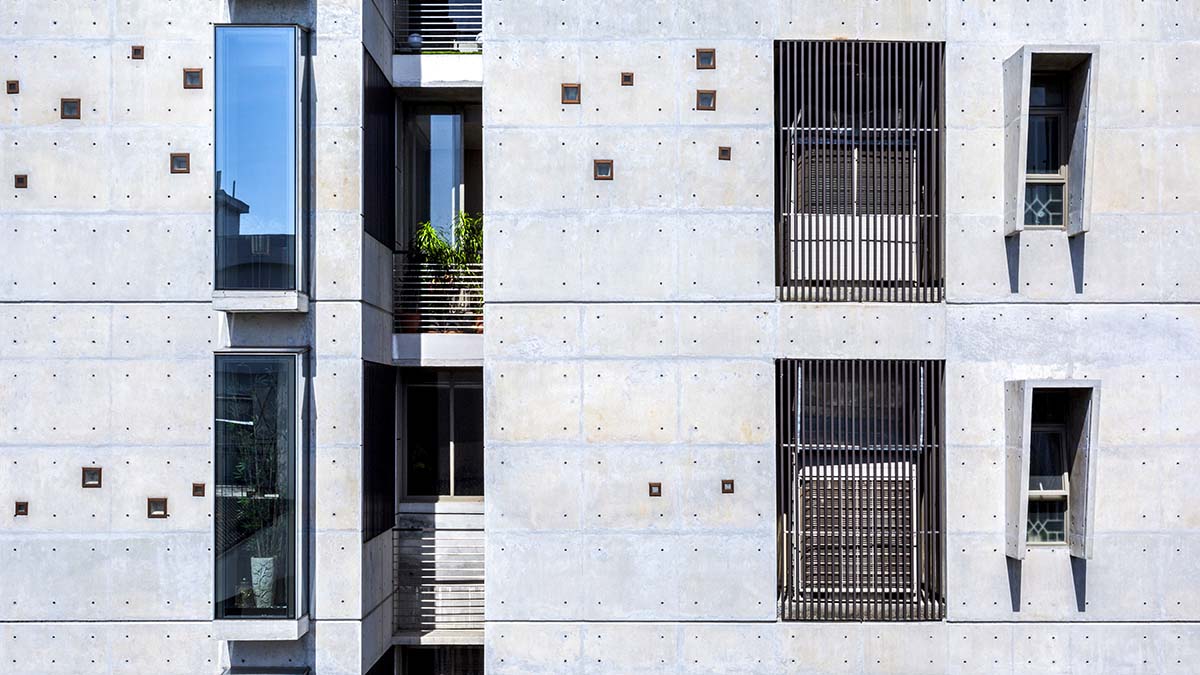
A common yet flexible layout is embraced while designing the individual floor plans so that each family can accommodate their requirements within their premises. Passing through the wide lobby full of greenery, one enters the spacious foyer which resembles the outdoor meadows of Bengali villages that was used to separate the private spaces from the public spaces. The public and private spaces are designed in such a way that they can be merged to form a larger periphery. Alongside an ample amount of natural light and ventilation inside the individual apartment, the designers’ paid special attention towards glare-free light.
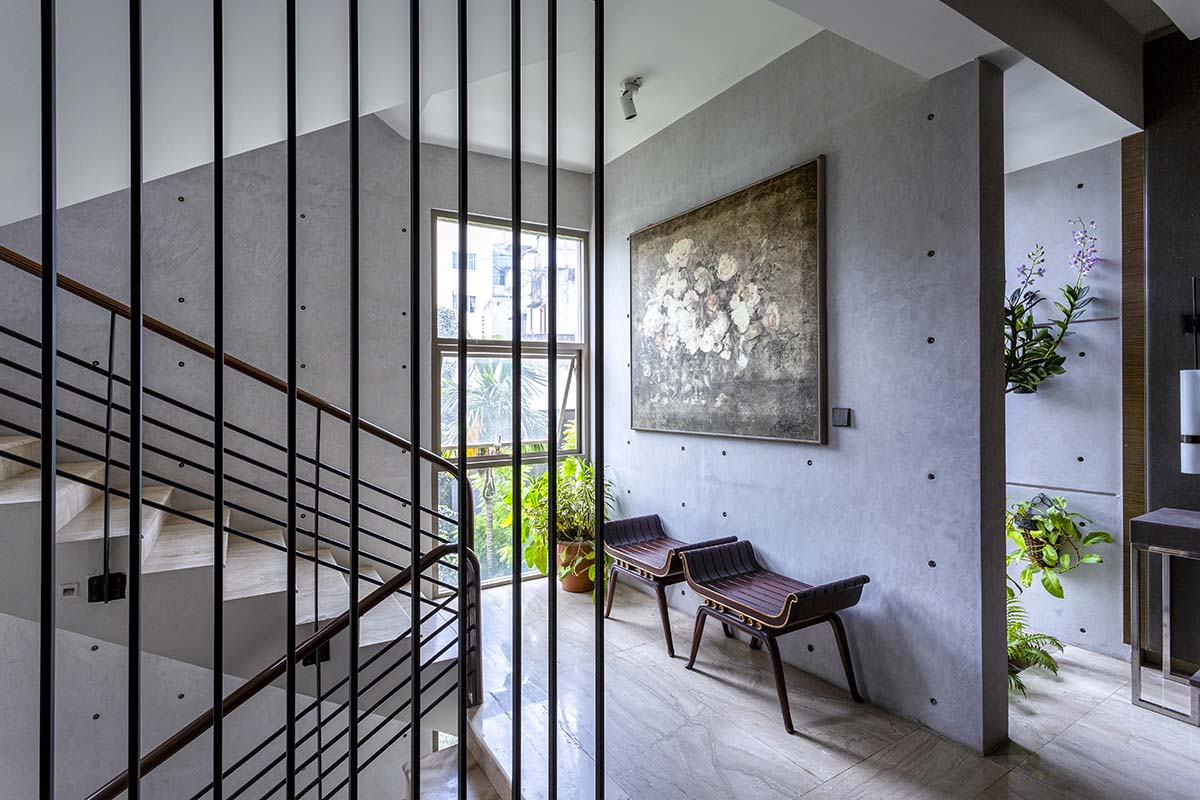
The lofty semi-open lounge exposed to the pond adjacent to the shaded drop-off acts as a multipurpose space. On the western wing at ground floor, there lays the family prayer hall along with the personal workspace of Mr. Aziz. While on the eastern wing, there is the dining hall and sleeping space for caretakers and drivers along with substation and meter room. The Ground floor crescent-shaped hanging garden overlooking the pond, the green wall, the wooden floor tiles, the wooden jali work at prayer space, wind flow along with the green reflected on the pond water – all these elements and events combine to create an intimate and classy environment. The intimate semi-open space next to the pond generally acts as an outdoor living which can be converted into pre mejban party space whenever necessary.
The majestic view of the Hatir Jheel is exposed to all of its users as the livable floors start from the first floor and onwards. While the party space at the roof with its garden and water feature is an extension of the Hatir Jheel itself”,
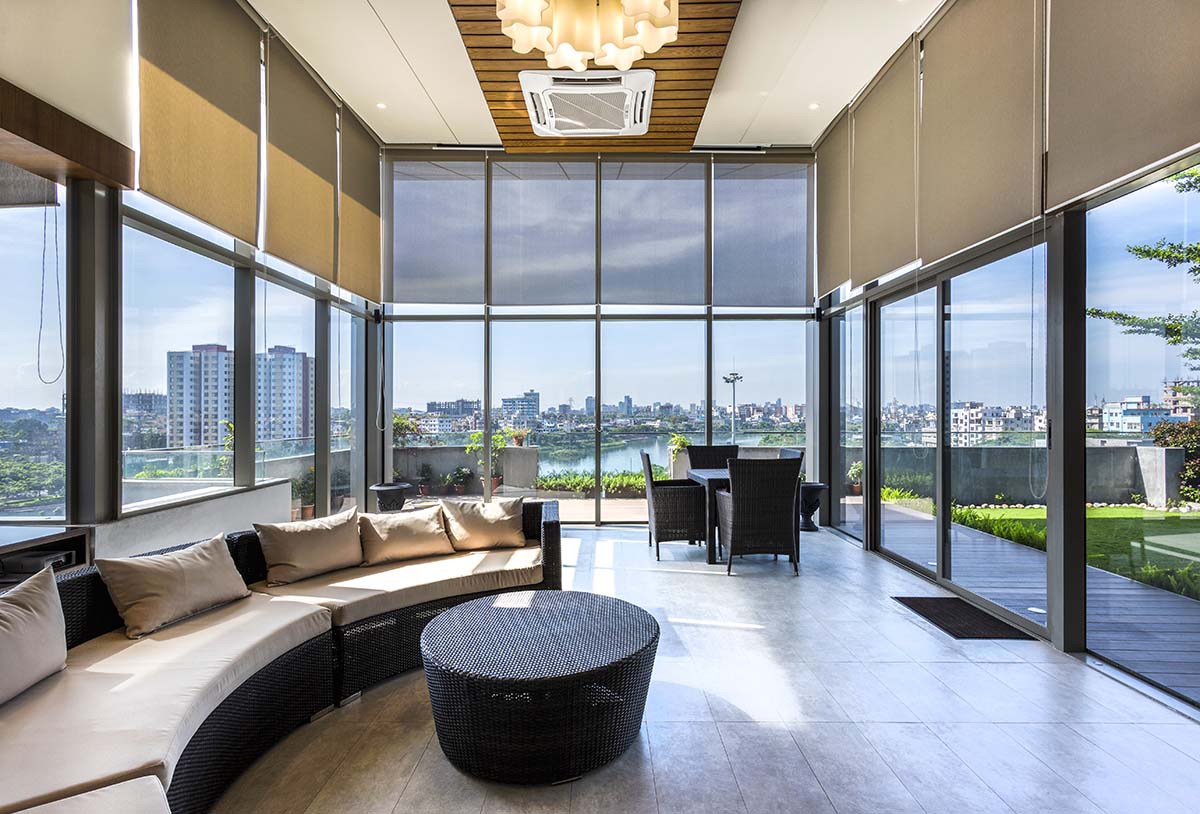
Simple construction of beam-column frames and shear walls with regular structural spam was accommodated. Advanced machine supported construction system with locally available technical method was combined to create this unique building. The building is made out of natural finished fair face concrete block of 1180mm X 900mm span of 60:40 ratios in the front (north face) and both sides (west and east). The rooftop is capped off with a metal roof overlooking the Hatir Jheel.
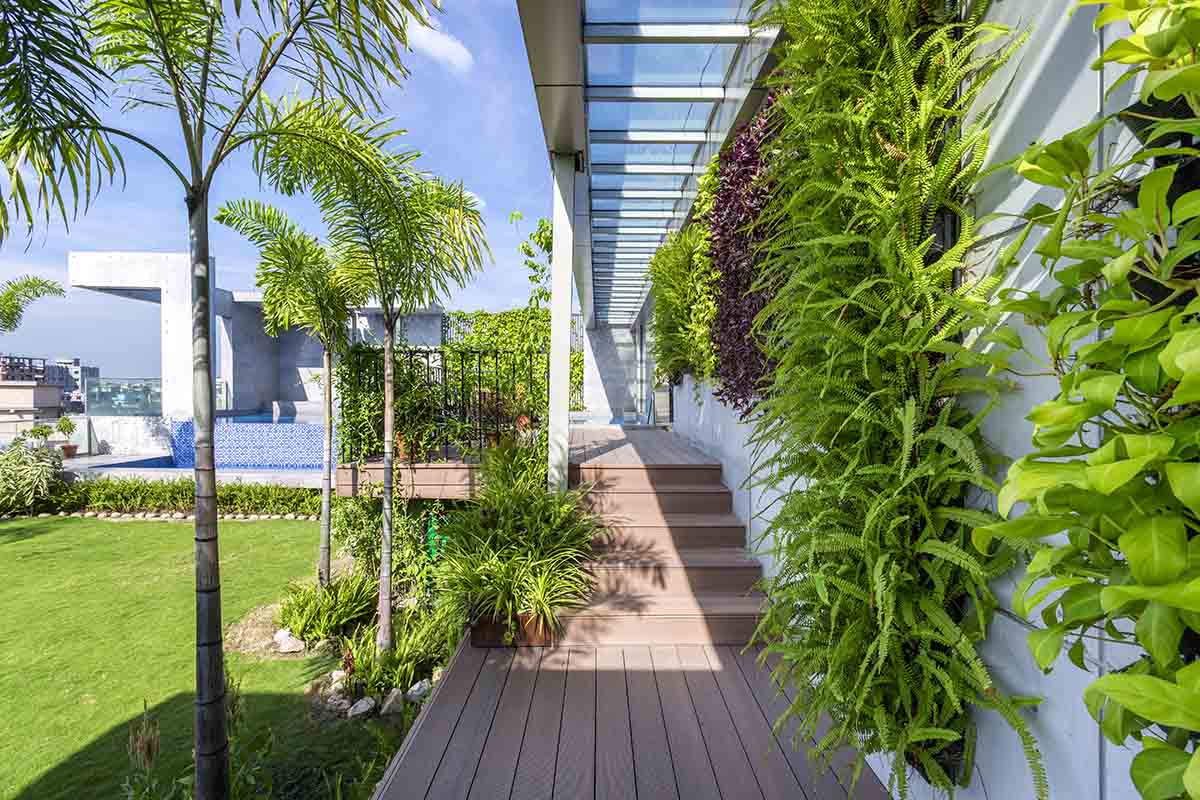
The south face is finished with fair face plaster. Full height glass façade is installed at the north as this side had no glare. To maximize the beautiful views, single glazed laminated tempered Louie glasses are used, while locally sourced tempered glass is used on other sides. The glass balconies in the northern side are made out of double-layered tempered laminated glass.
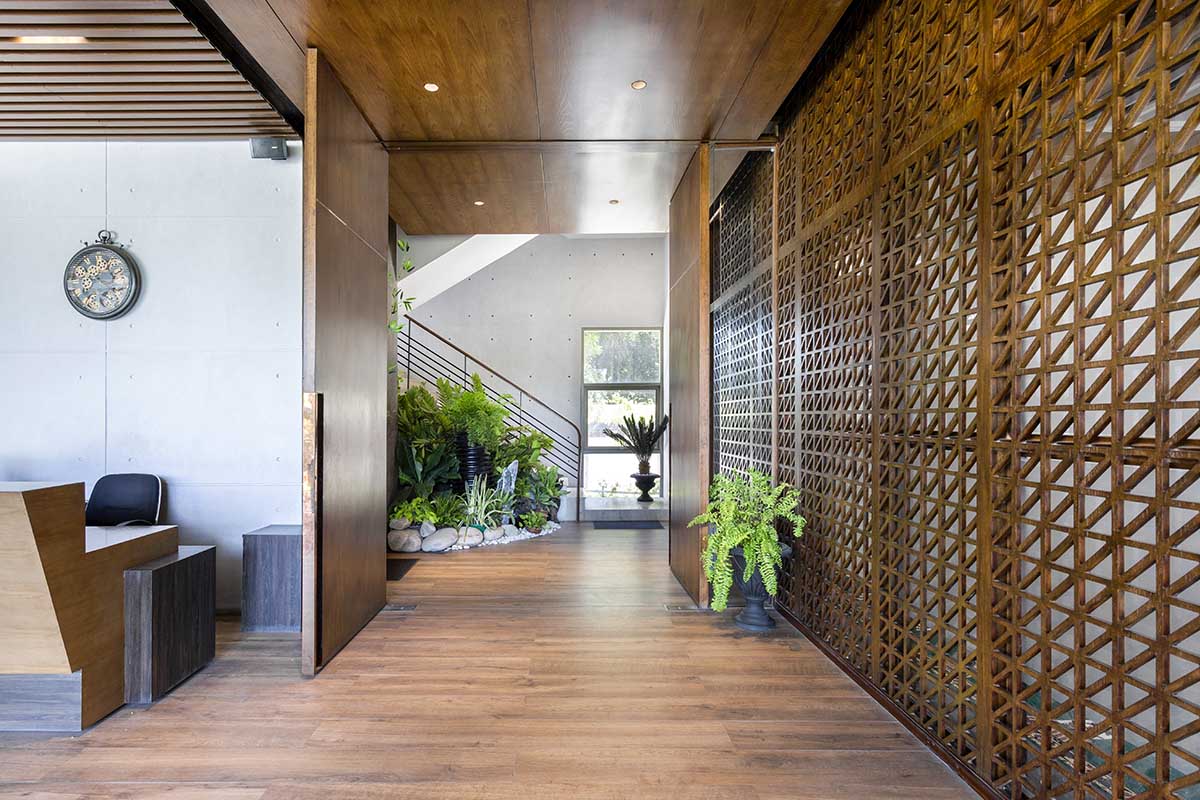
The building is equipped with all modern facilities such as the VRF air conditioning system, 500 KVA Generator, water treatment plant at the basement of the building and solar panels installed at the roof. Throughout the building, there is a beautiful separation and transition of public, semi-public and private spaces starting from ground floor to the roof. Also in space quality, one finds layering such as open, semi-open and covered space in the overall building and individual floors. In QUEST Design Studio performed the entire architecture and landscape design while structural, electrical and plumbing design consultancy and supervision were performed respectably by TDM, A.A. Gazi and Anisur Rahman.
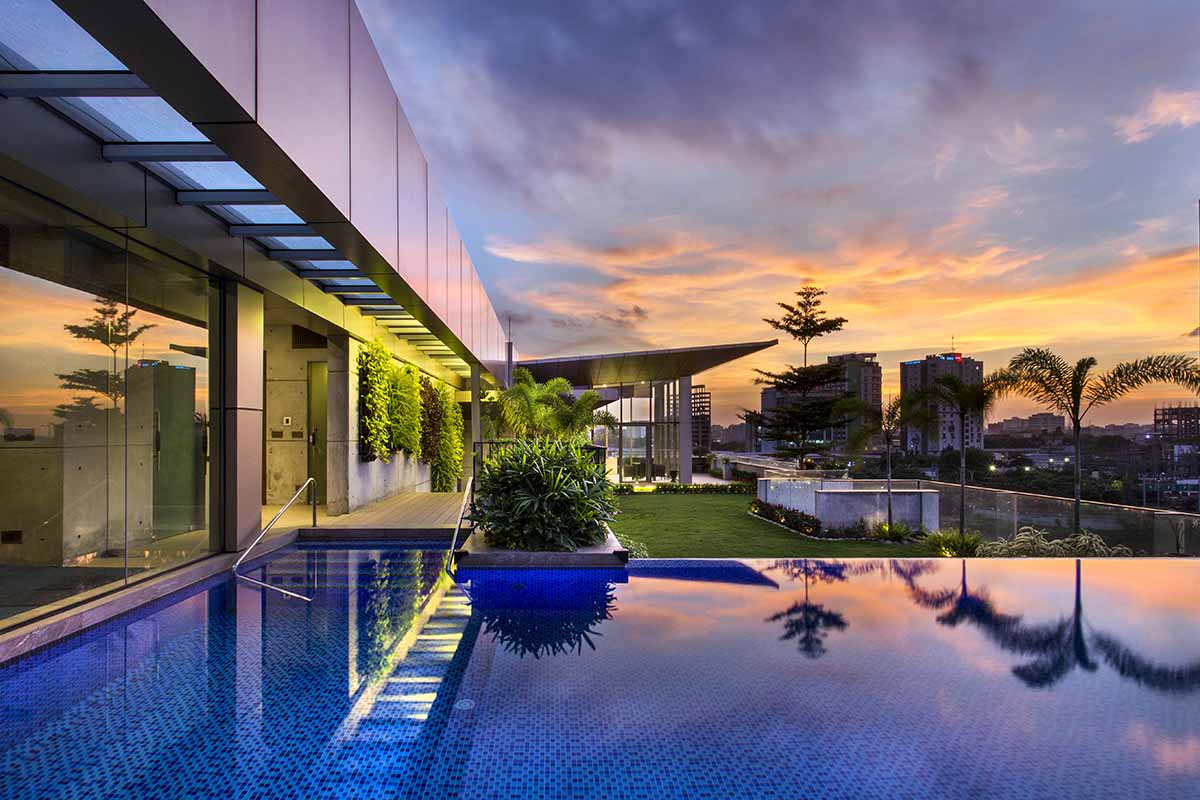
Architect Profile
In QUEST design studio is a Dhaka based architectural firm established in 2017 by Selim Altaf Biplob, Tamanna Sayeed and Khalid Bin Kabir. The senior partners of In QUEST design studio – Selim Altaf Biplob and Tamanna Sayeed completed their graduation from Bangladesh University of Engineering and Technology (BUET) in 1997. Khalid Bin Kabir, the other partner of In QUEST, had also graduated from the same university in 2012. In this couple of years, the firm has delivered numerous successful projects and further aims to lift the creativity and design imagination to a new level.
